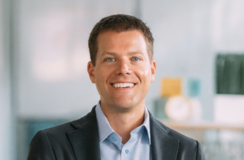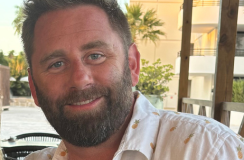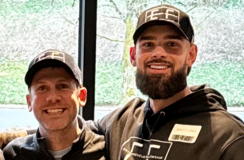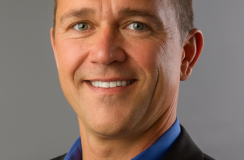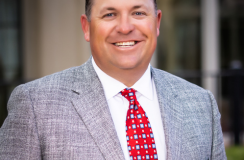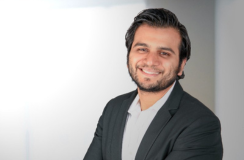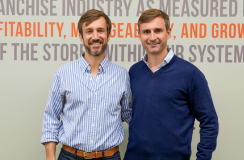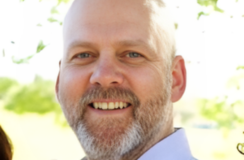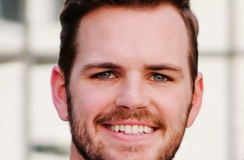ete Seligman wanted to get his hands dirty.
He’d worked in a range of roles, from engineering to investment banking, something he attributes to his short attention span. After 15 years, he realized he wanted more autonomy and accountability than the corporate path could provide him.
Pete and a friend decided to acquire a business together, knowing that neither of them had a new idea or wanted to start something from scratch. What they did have was the abilities and experience required to successfully scale a business. Armed with that, they started their search.
“The good thing about buying businesses that have a track record, existing operations, and existing customer relationships is that it's very hard to kill them.”
Six months later, in June 2013, they acquired 25-year-old SRO Technology, an instrument supplier to mining companies, with annual revenue of less than $2 million. Pete acted as CEO for the first few years. Now, revenue is approaching $10 million, and the company has three offices and 30+ employees across Australia.
Pete and his partner went on to acquire four more businesses over the next four years. He acted as CEO for two of them, eventually finding his own successors, and remaining on the boards of each as a non-executive director. By 2020, the pair had successfully exited two of these businesses, and sold partial stakes in the other three.
In this episode of Acquiring Minds, Pete explains why he wanted to leave a successful corporate career, the lessons you can learn from your failures, and the hard work and investment that goes into multiple acquisitions. He also shares his plans for growing a thriving search community in Australia.
Check out:
✳️ Top takeaways from the episode
✳️ Episode highlights with timestamps

Acquisition Entrepreneur: Pete Seligman
💵 What he acquired: After 15 years working in various roles in engineering and investment banking, Pete Seligman and a friend decided they wanted to acquire a business together. After a six-month search skimming 200 businesses, meeting with 15, and issuing offers on five, they acquired Sydney-based SRO Technology, which designs, installs, calibrates, and maintains instruments that measure bulk materials.
💡 Key quote: “I could see what the corporate track looked like for me over the next 15 or 20 years, and it didn't have the autonomy or the accountability that I was looking for. I wanted it to hurt when I fell over. In that big corporate environment, things can go well, and other things can go wrong. But ultimately, you’re relatively safe. I wanted to feel it a bit more.”
👋 Where to find him: LinkedIn | Personal Website

Acquisition Tips From the Episode
Top takeaways from this conversation
🧊 Give yourself the option to go cold on your investment.
While no longer involved in the day-to-day operations, Pete still owns the first business he bought in 2012, SRO Technology. He’s acquired four others since and sold two of them. He intends to sell SRO eventually, but admits it will be tough.
“You go through these phases in a search, and in the last period, you need to go cold on your investment,” he says. “You need to become really objective, because you need to get to that point where you're ready to sell it. And so you need to bring that cold reality in.”
🧠 As a searcher, know your core capabilities and stay close to them.
When Pete and his partner bought SRO, they knew that engineering services and industrial products were their strengths. Later on, they acquired Wholesale Travel Agency, during a time when there was a lot of disruption in the travel industry.
They believed their fundamental understanding of business would translate to a market they were unfamiliar with, but it didn’t. While Pete advises keeping an open mind regarding the type of business you’re looking to acquire, it’s important to be wary of going too far away from your core abilities.
🎉 Celebrate the small wins when they come.
Searchers need to be patient, especially if the goal is multiple acquisitions. Pete bought his first business in 2012, and was still carrying out executive duties eight years later in 2020.
This isn’t a quick flip. In the first two-thirds of the journey, you’ll be investing a lot of time, energy and money, but not seeing big gains. It’s vital to celebrate the small wins whenever they occur, to give yourself the motivation to keep going.
Episode Highlights
Inflection points from the show
[2:26] Leaving the corporate world: After a 15-year career spanning a variety of roles, Pete could map out what the next 20 years in the corporate environment would look like, and it didn’t have what he was looking for.
[4:28] Know your business strengths and limitations: When Pete and a friend decided to go into business together, they knew that while neither of them had a brand new idea, they had the experience and skills to scale a business.
[5:57] Going it on their own: Pete and his partner had done well in their corporate careers, and knew they would likely be able to raise funds, but wanted to prove themselves before they started risking other people’s money.
[12:48] From the 45th floor to a warehouse: Acquiring a business is not glamorous. Pete explains why it’s important for those looking to acquire a business to be prepared for the grittier side.
[16:49] Intending to hold, but willing to sell: Pete and his partner’s initial plan was to acquire several businesses and hold onto them for a long time. Along the way, they’ve sold off a few when the right offers came along.
[19:53] Taking the right role: Private equity would have been a happy medium between acquisition entrepreneurship and Pete’s previous work in investment banking, but Pete wanted to get his hands dirty engaging with the business rather than focusing on investors.
[20:54] Meeting the parameters: Pete details his very first acquisition back in 2012, of SRO Technology, and why he saw potential in the company that specializes in mining equipment.
[25:13] The role of the biz owner: In order to make their businesses attractive to buyers, owners often claim that they aren’t very involved in the day-to-day. Pete cautions against taking this claim at face value; owners in fact are generally quite involved in their businesses. The key is to ensure that the people right below the owner are capable, so you can be confident that you’ll have continuity during the transition.
[28:51] Relying on history to predict the future: Pete talks about one of his acquisitions that didn’t turn out well, and discusses the upsides of buying businesses with a proven track record, where a lot of the risk is mitigated.
[41:30] The parameters of potential: When acquiring a business, your initial plan should be to do what the business is already doing, but better or more of it, and focus on sales and regional growth, and operational leverage. Then you can start getting creative about growth and new initiatives.
[44:58] It’s not just rinse and repeat: Multiple acquisitions are possible but not easy, and definitely not for everyone. Pete advises having the right people around you, and the right expectations going in.
[52:49] The tells that search acquisition isn’t the right path: Pete is often asked for advice from would-be searchers. He can tell pretty quickly when someone wants things laid out for them versus someone willing to go through the nitty-gritty process of learning for themselves.
[56:02] Promoting search acquisition and entrepreneurship in Australia: Pete’s no longer involved in the day-to-day of any of his businesses and is now focusing on using his own experience to help aspiring entrepreneurs.
Links & Mentions
✅ Alpin - Pete's search fund investment firm
✅ Duncan Solutions - One of Pete's acquisitions




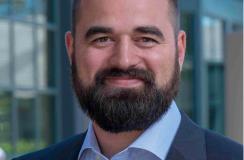
%20-%20thumbnail.png)
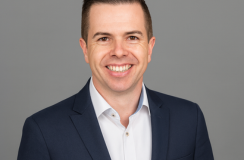


%20-%20thumbnail.png)

.png)




%20-%20thumbnail.png)


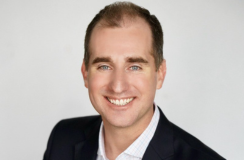





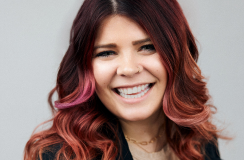
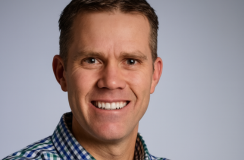

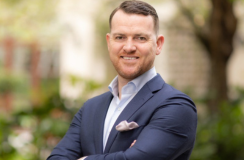



%20-%20thumbnail.png)


